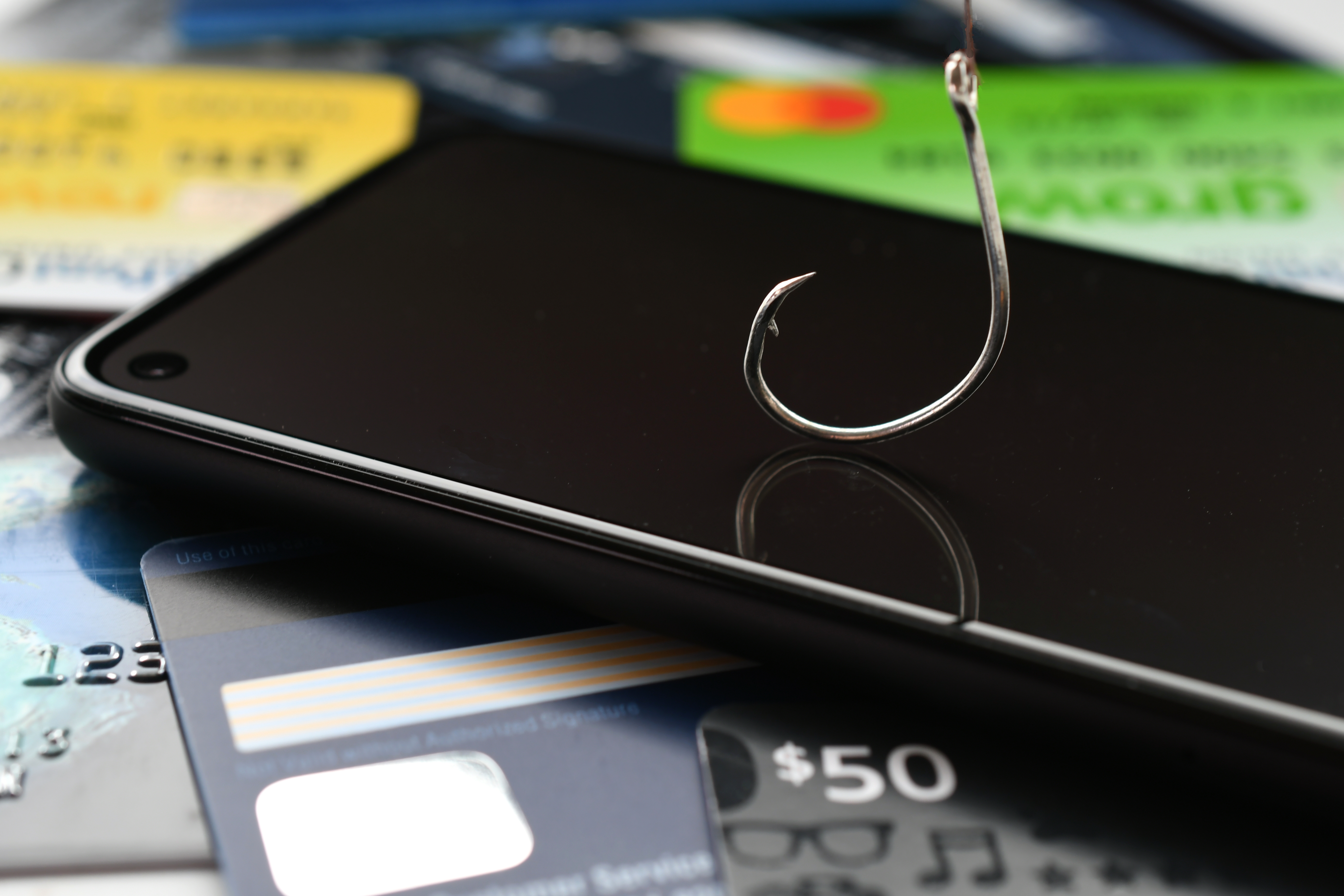Phishing is among the most common cyber attacks and can take many forms. According to Proofpoint’s 2021 State of the Phish report, more than 80% of businesses experienced phishing attacks last year, and these attacks are only becoming more sophisticated.
Deceptive Phishing
Deceptive phishing is the most common type of phishing attack. It occurs when attackers send an email that appears to be from a legitimate source, but is actually a malicious attempt to collect personal information or login credentials. To prevent deceptive phishing attacks, always verify the sender before clicking on any links or opening any attachments.
Spear Phishing
Spear phishing is a type of phishing attack that targets a specific individual or business. The attacker will often use personal information to make the email seem more legitimate, such as knowing the recipient’s name or position within the company. To prevent spear phishing attacks, be suspicious of any emails that contain personal information or come from an unexpected source.
Whaling
Whaling is a type of spear phishing attack that targets high-profile individuals within a business, such as executives or other members of the C-suite. The attacker will often use information about the target’s position to make the email seem more legitimate, such as knowing the recipient’s title or department. To prevent whaling attacks, be suspicious of any emails that contain personal information or come from an unexpected source.
Vishing
Vishing is a type of phishing attack that uses voice calls or text messages instead of email to try and collect personal information. The attacker may pose as a legitimate company or person, and may use scare tactics to try and get the victim to comply. To prevent vishing attacks, never give out personal information over the phone or text message unless you are certain of the caller’s identity.
Smishing
Smishing is a type of phishing attack that uses text messages instead of email to try and collect personal information. The attacker may pose as a legitimate company or person, and may use scare tactics to try and get the victim to comply. To prevent smishing attacks, never give out personal information over text message unless you are certain of the sender’s identity.
Pharming
Pharming is a type of phishing attack that redirects victims to a fake website that looks legitimate, but is actually a phishing site designed to collect personal information. To prevent pharming attacks, always type in the URL of the website you want to visit instead of clicking on links, and be sure to check for SSL certificates before entering any sensitive information.
Malicious Attachments
Malicious attachments are files that are attached to phishing emails and, when opened, can install malware on the victim’s computer. To prevent malicious attachments from infecting your computer, never open attachments from unknown or untrusted sources.
Man-In-the-Middle Attacks
Man-in-the-middle attacks occur when an attacker intercepts communications between two parties and pretends to be one of them in order to collect personal information. To prevent man-in-the-middle attacks, always verify the identity of the person you’re communicating with before sharing any sensitive information.
Preventing phishing attacks requires a multi-layered approach that includes both technological solutions, like managed cybersecurity solutions, and user awareness. By understanding the different types of phishing attacks and how to prevent them, you can protect your business and its data from these threats.


